Cambodia Has Benefited From BRI projects, but Must be More Strategic Going Forward
China is Cambodia’s largest bilateral donor, lender, investor, and trading partner. About a quarter of Cambodia’s total trade, a third of aid and two-fifths of FDI and external debt involves China. Although Sino-Cambodian diplomatic and economic relations date back centuries, they have intensified and grown sharply over recent decades.
Economic relations have been strengthened by Cambodia’s active participation in the Belt and Road Initiative (BRI). Cambodia has been a vocal and enthusiastic proponent of the BRI since its inception in 2013.
In Cambodia, the BRI focuses mainly on loans provided for the development of physical transport infrastructure, although it has also been indirectly associated with the development and transformation of the port city of Sihanoukville. There are also investments in agriculture, energy, and manufacturing, apart from strengthening ties through people-to-people exchange.
Participation in the BRI has costs and benefits. As a Least Developed Country and transitional economy looking to achieve upper middle-income status by 2030, Cambodia has embraced the BRI as an important instrument for addressing infrastructure deficits and reducing trade and transport costs. The BRI has also supported development of the power sector and agricultural diversification. This has raised productivity and led to trade expansion and high economic growth. The rapid growth has increased wealth inequality but also raised overall living standards and produced sharp reductions in poverty. Between 2009 and 2019, poverty incidence — measured by the share of the population living on less than US$1 per day — almost halved from about 34% to 18%. These achievements surely derive from multiple factors, but BRI’s contribution cannot be denied.
The presence of BRI projects in Cambodia alongside socioeconomic gains suggest that the country has derived net benefit from the BRI. Nevertheless, there are risks associated with increasing reliance on just one country for economic and non-economic needs. The BRI provided the transport and related infrastructure that facilitated the transformation of Sihanoukville from a sleepy, beachside resort town to a bustling entertainment centre focused on gambling. The spillover benefits of this rapid development to the local communities appear limited, while there is growing evidence of a rise in the cost of living, crime, corruption, and various forms of inequality. While the BRI was not directly involved in transforming Sihanoukville in this way, it created the enabling conditions. There is a need to address the real and perceived costs of these rapid transformations that have caused dislocation and displacement amongst local communities.
Indeed, the Sihanoukville experience has raised concern for some years. The second BRI Forum in 2019 committed to mitigating the problems, such as through greater community consultation and stakeholder participation. It is still too early to draw conclusions about the extent of change that has been introduced since the forum, and the pandemic has further complicated such an analysis.
The forum also resolved to try and multilateralise the BRI by expanding the participation of regional, albeit still China-based, institutions. In Cambodia, this is occurring through a gradual shift in the financing of projects from Chinese state-owned banks and corporations, whose operations are sometimes opaque, to the Asian Infrastructure Investment Bank (AIIB), a multilateral development bank. There are signs emerging that the AIIB’s role is set to increase rapidly, which promises to raise overall transparency, including contractual obligations. However, the extent to which AIIB’s involvement will also raise environmental standards and other safeguards remains unclear. This is because the AIIB adopts national standards, which may not even exist, and oversight of implementation may also involve national authorities rather than an independent party. This could be problematic because the challenge usually lies with implementation, which is especially challenging with regard to enforcement of laws and standards.
Cambodia needs a more formal assessment of the potential costs and benefits of all project proposals as part of a conventional approval process.
The pandemic has shifted the focus of operations towards the health and social sectors, especially with the introduction of the so-called Health Silk Road (HSR). Cambodia is an outstanding example of how its relationship with China and embrace of the BRI enabled it to achieve a truly remarkable vaccination rate and therefore manage the post-pandemic recovery more effectively than many more developed countries. By being one of the first countries in Asia to open its borders safely and unilaterally, Cambodia significantly limited the economic scarring from the pandemic and slowed the reversal of decades of progress in poverty reduction and social upliftment.
Going forward, how can Cambodia ensure that future projects, from the BRI and elsewhere, are net positive and aligned with their national interests? Currently, FDI proposals are reviewed by the Committee for the Development of Cambodia (CDC) as part of the process of obtaining Qualified Investment Project (QIP) status and securing fiscal incentives, like tax holidays. While some of the criteria used in determining QIP status involve assessing potential benefits to the local economy, the process is incomplete because the analysis lacks a comprehensive cost-benefit framework. This is also true of the new Law on Investment adopted in 2021, which is mainly designed to facilitate FDI. They ignore macroeconomic issues such as debt or investment sustainability, and do not attempt to measure broader spillover effects on the economy.
Cambodia needs a more formal assessment of the potential costs and benefits of all project proposals as part of a conventional approval process. Cambodia could consider setting up a new Projects Review Board (PRB), which could operate as a non-statutory body with inter-ministerial and multi-stakeholder (community leaders, academics, and private sector) representation, to assess individual proposals in a purely advisory capacity to the government. It should be supported by technically competent staff that are capable of undertaking comprehensive cost-benefit analysis as an input to the assessment. A properly functioning PRB could help avoid the kinds of BRI projects that have left neighbouring Laos in severe debt distress.
A transitional economy like Cambodia should be selective and strategic in its choice of projects, whether financed by foreign investment or borrowings, if it is to grow in a sustainable and inclusive manner. It has done well so far but needs an independent assessment mechanism to ensure its success continues.






















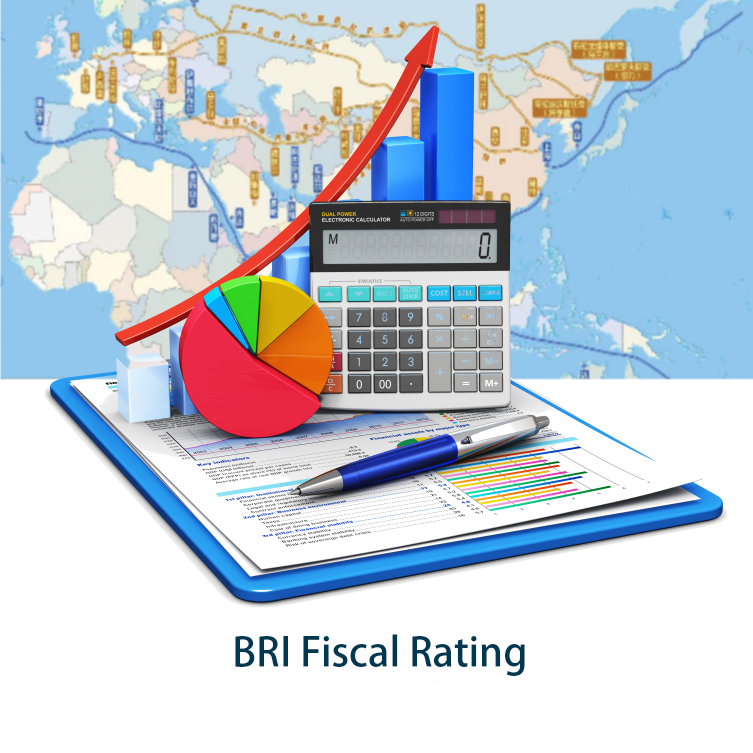
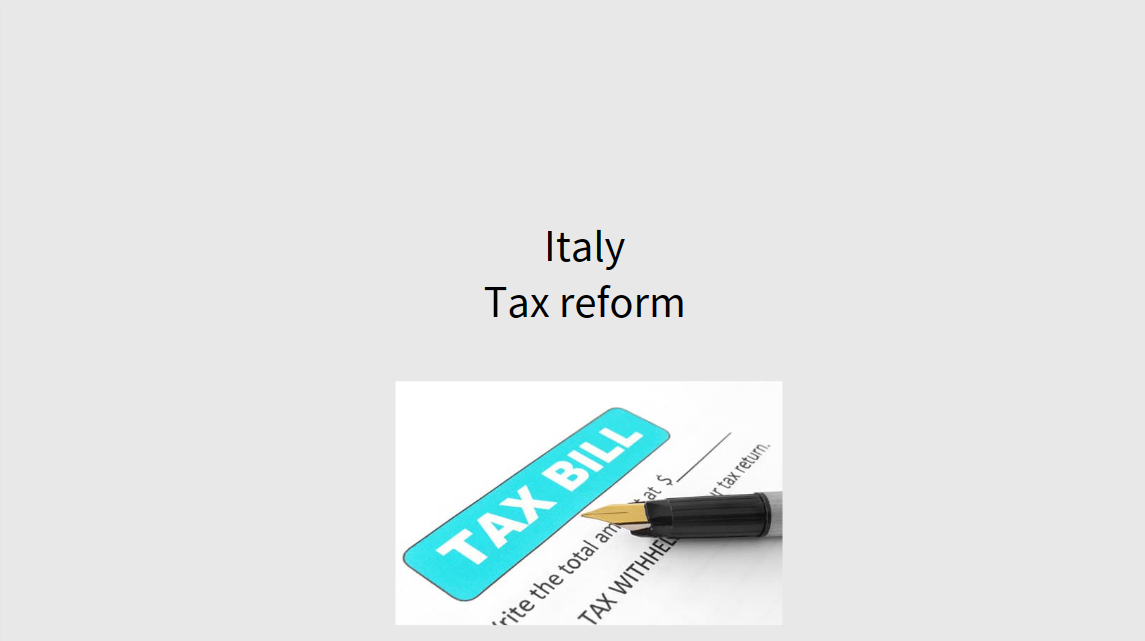
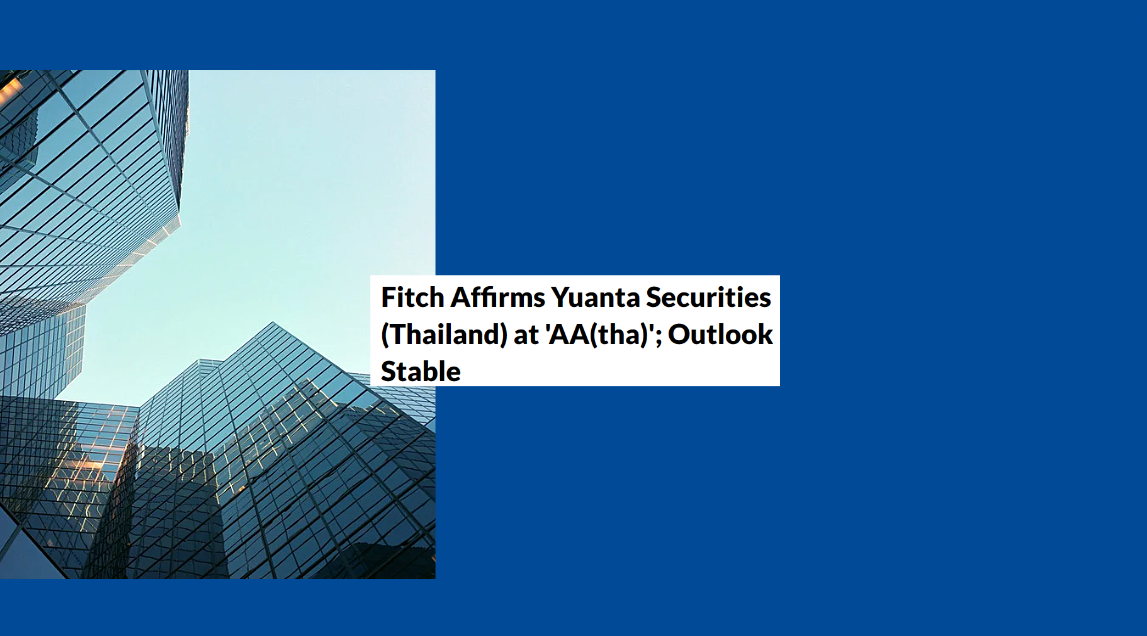
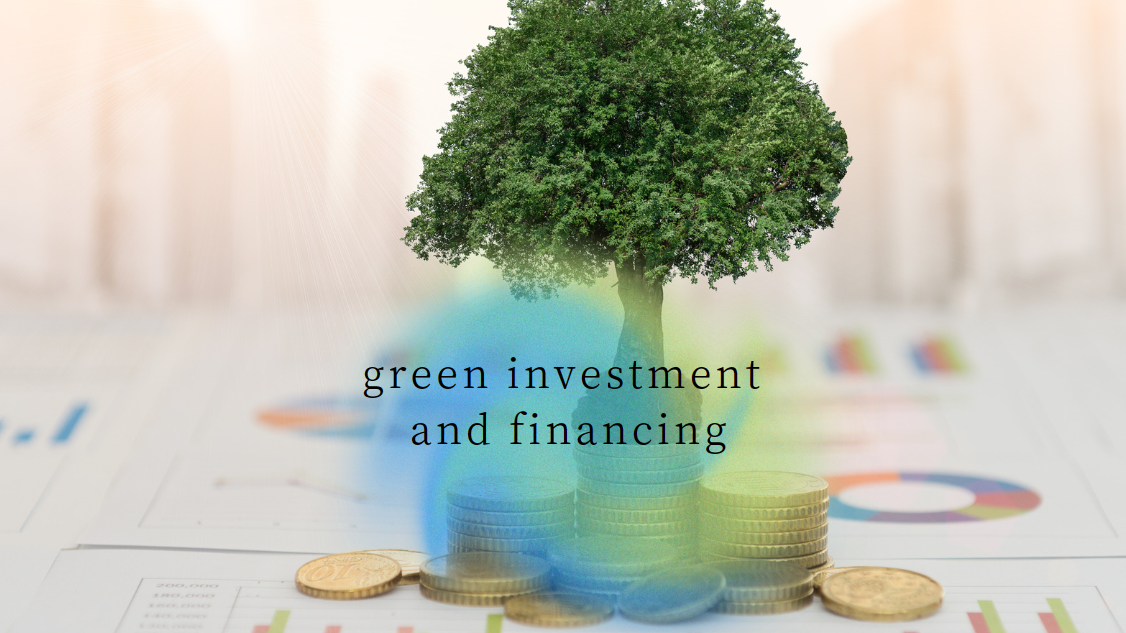
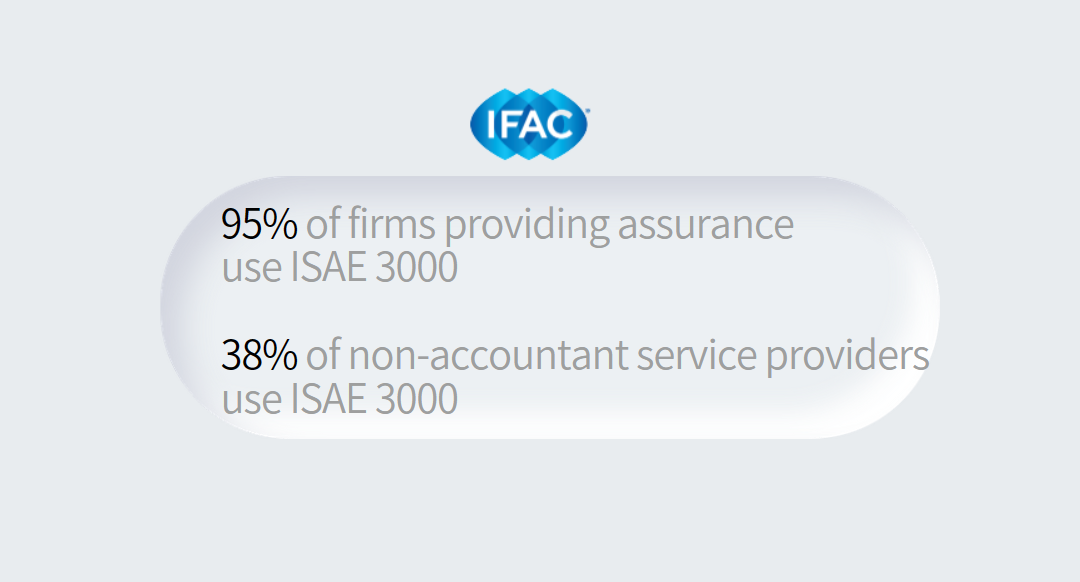




























First, please LoginComment After ~